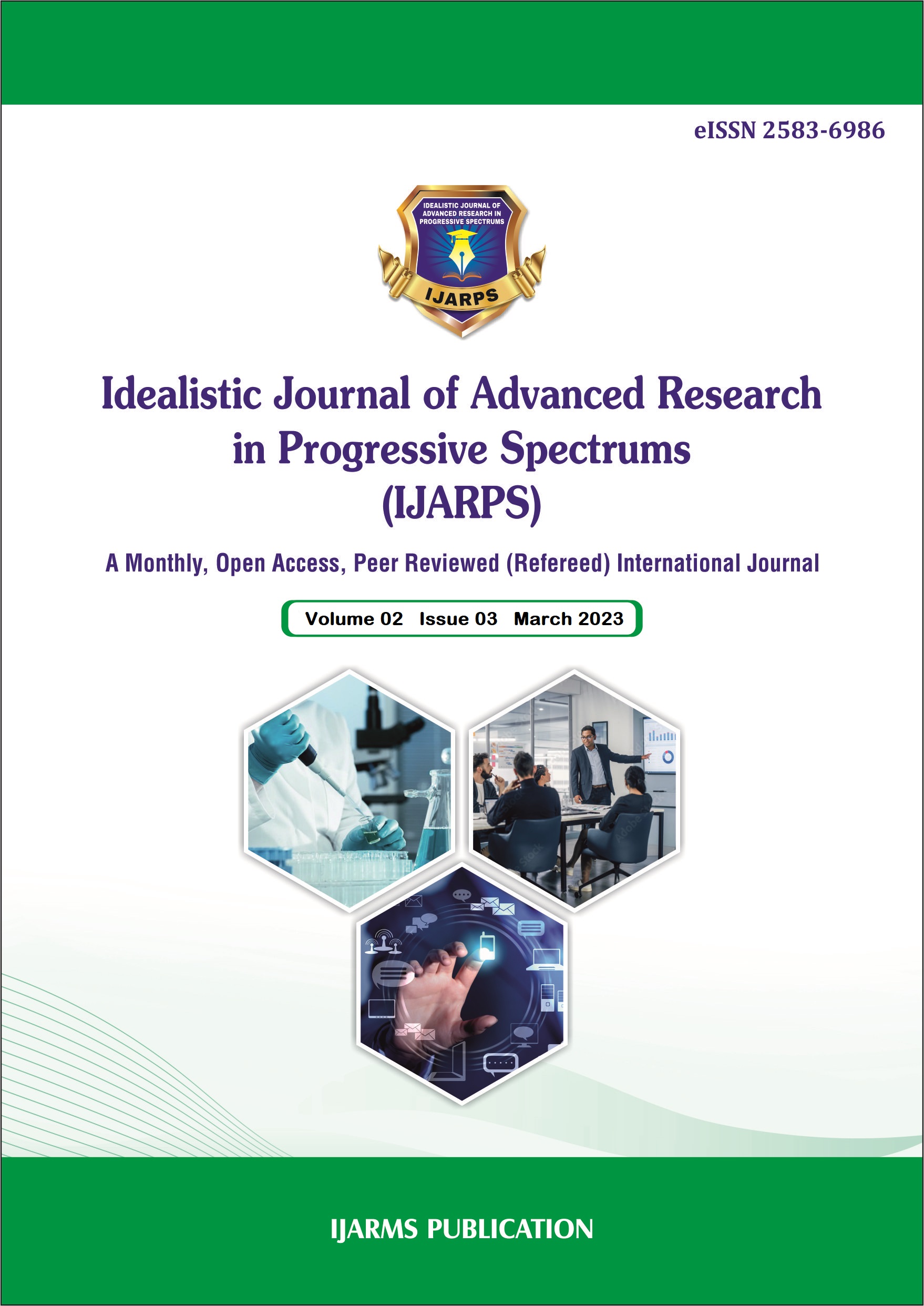The role of Nanoscience in pollution detection and control
Abstract
Nanoscience plays a pivotal role in addressing the growing global challenge of pollution by enabling highly sensitive detection and efficient control of environmental contaminants. With the development of nanomaterials such as carbon nanotubes, metal oxide nanoparticles, quantum dots, and nanosensors, it has become possible to detect pollutants like heavy metals, pesticides, and toxic gases at trace levels. These nanostructures exhibit unique physicochemical properties—including high surface area, reactivity, and selectivity—that enhance the sensitivity and accuracy of pollutant monitoring systems. Moreover, nanotechnology contributes to pollution control through advanced filtration systems, photocatalytic degradation of pollutants, and green remediation technologies. The integration of nanoscience into environmental monitoring and waste management represents a transformative step toward sustainable and cleaner ecosystems. This paper explores the mechanisms, applications, and future prospects of nanoscience in pollution detection and control.
Keywords:- Nanoscience, Environmental Pollution, Nanosensors, Pollution Detection, Nanomaterials, Photocatalysis, Environmental Remediation, Green Technology
Additional Files
Published
How to Cite
Issue
Section
License
Copyright (c) 2023 www.ijarps.org

This work is licensed under a Creative Commons Attribution-NonCommercial 4.0 International License.

